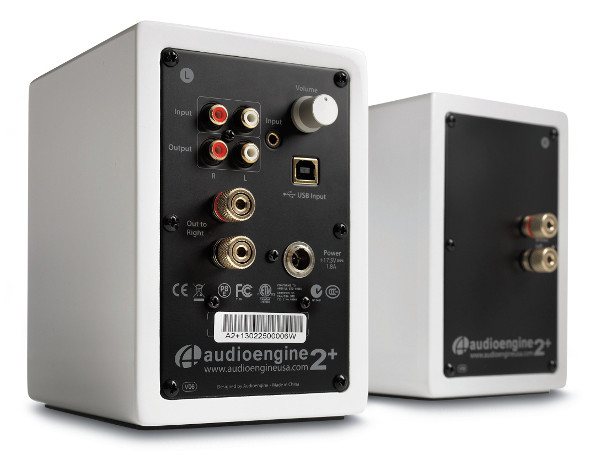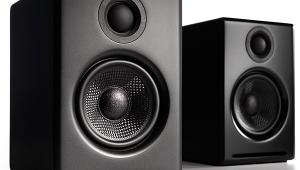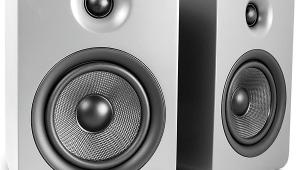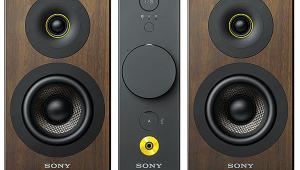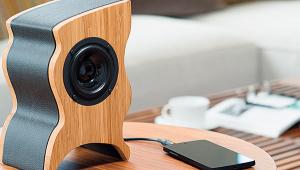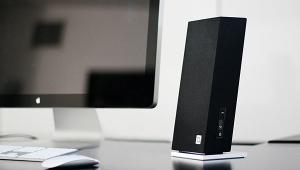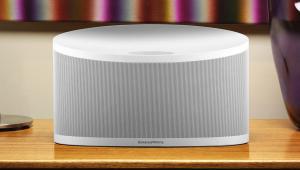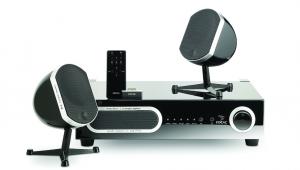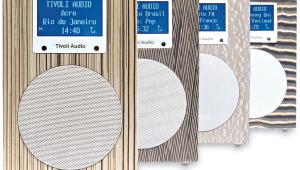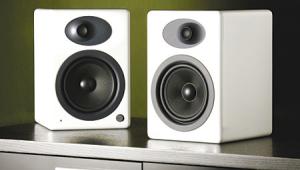The Audioengine 2 is the only product I can think of that has been rave reviewed everywhere but which I have found to be third rate, far from deserving any accolade at all. Since I seem to be in a minority of one, I accept the possibility that something is wrong with me, but simply put, to my ears, the Audio Engine 2 is not a hifi speaker. Though I currently use a pair of B&W 803s and an NHT XD system, I have from my college days been fascinated by small inexpensive speaker system that produce a higher fidelity bigger, more satisfying sound than can be imagined for their size and price. The first such product was the Cambridge Soundworks system I bought for, I think, $199 in 1995. I have been a big fan of cheap little speakers that are bonafide hifi pieces, such as the NHT Super Zero and Super One. I still have my 301s, bought in 1998, powered by a little 20wpc NAD 310, used as a desktop system. The audio engine 2 sounds so poor compared to these old NHTs and B&Ws and similar speakers from Paradigm, its not even funny. I am not qualified to explain speaker sound in words, but suffice to say they sound like a freebie sound bar, not meeting the minimum standards of performance that it takes to stay in my home. yes, I get that they pack an amp for the money, but that still doesn't make them worth listening to for me.
I have not heard the 2+ so perhaps they're better


